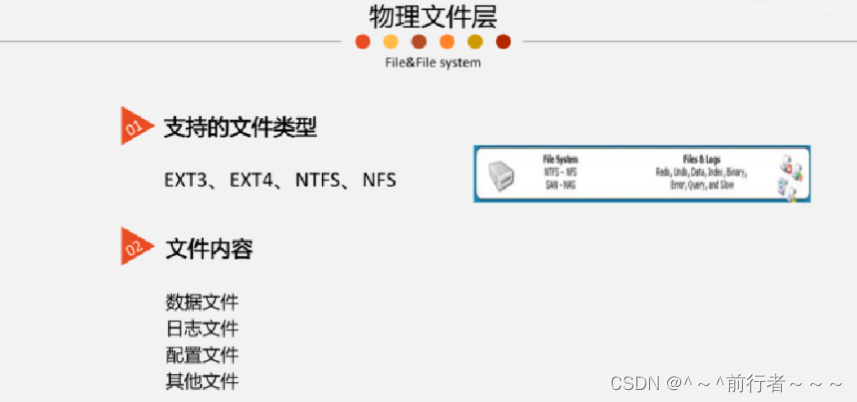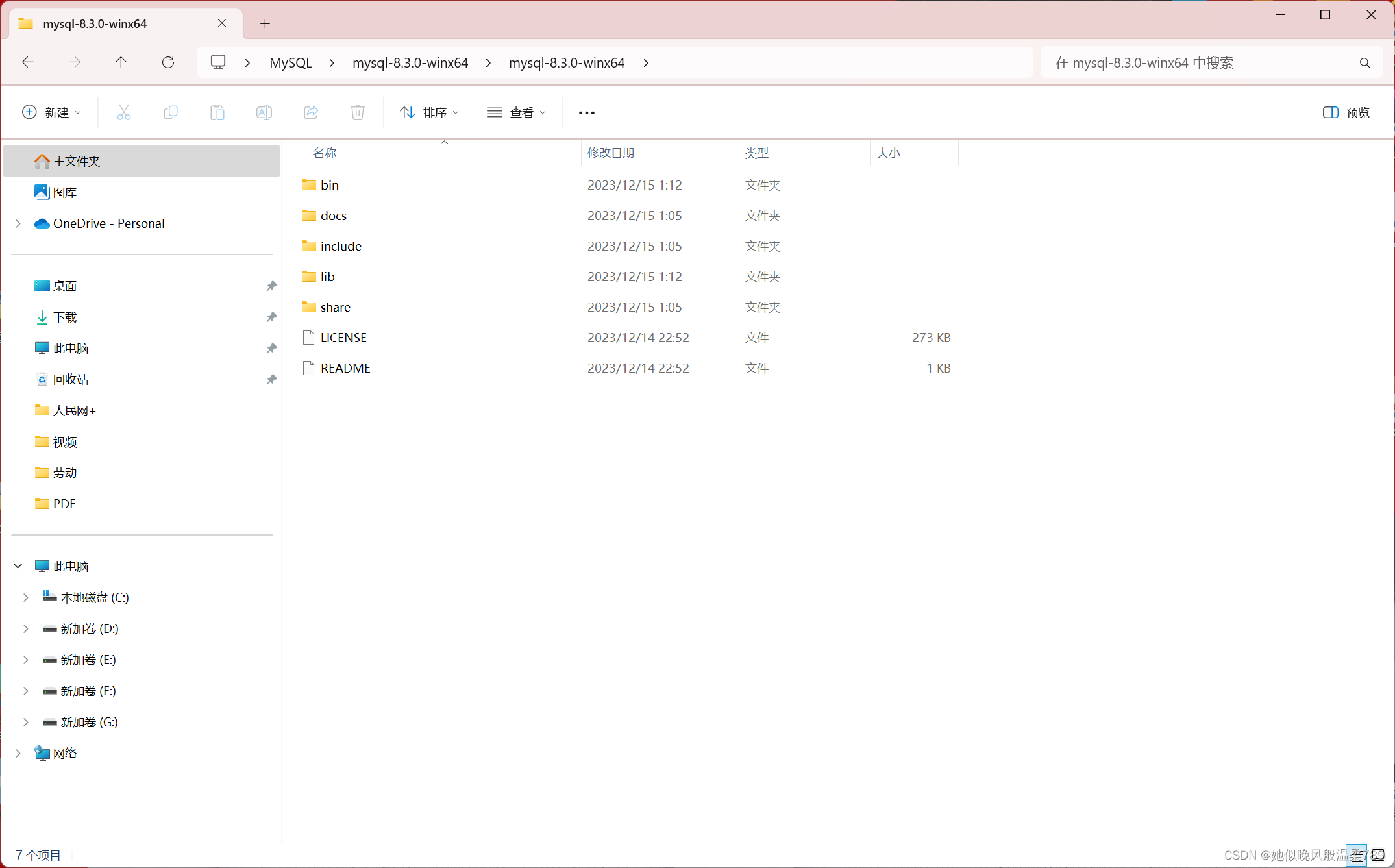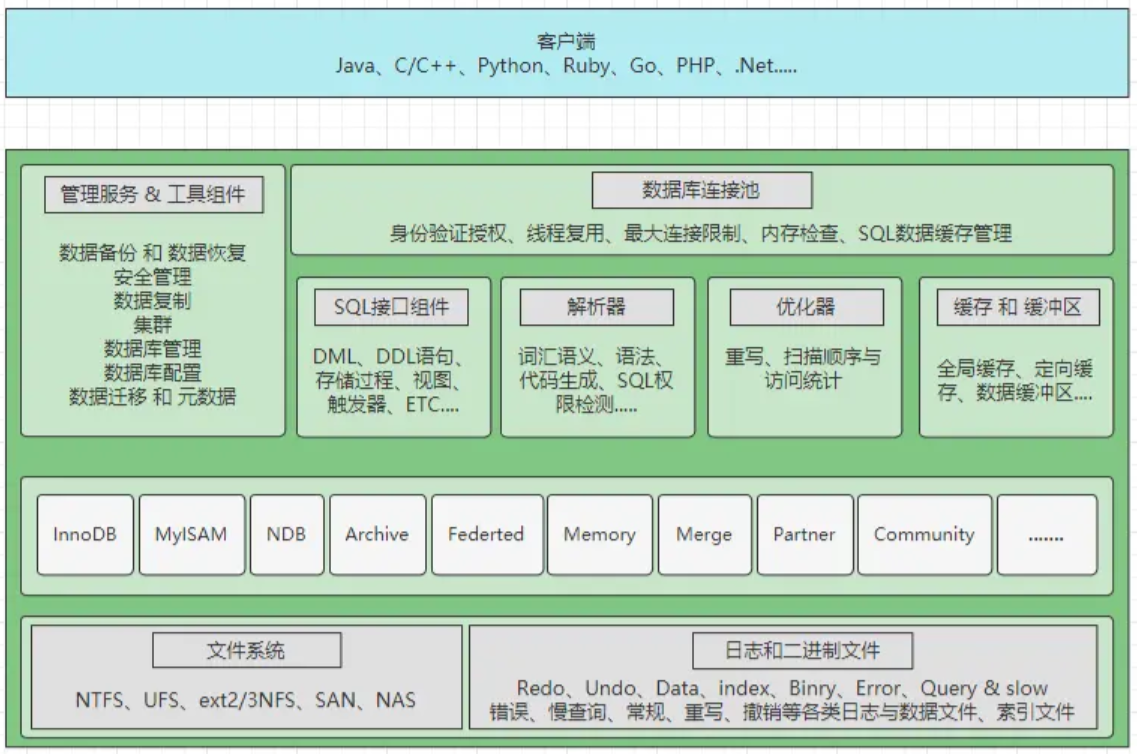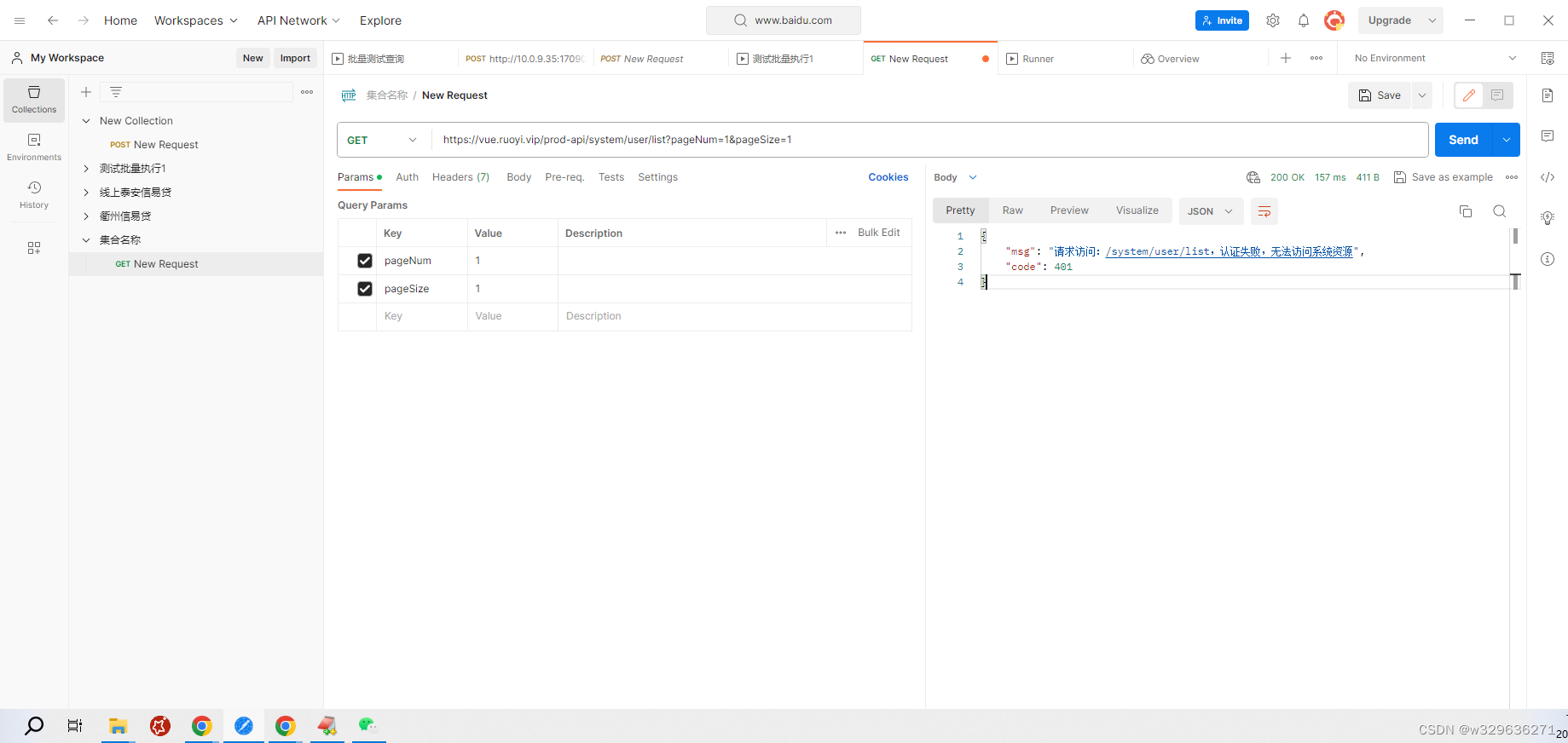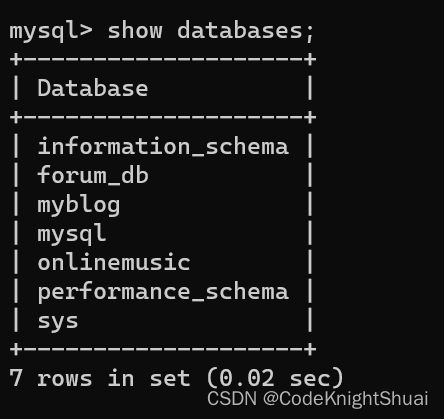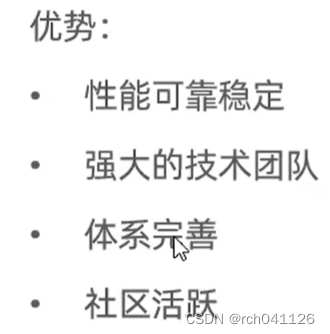Mysql 函数参考和扩展:Mysql 常用函数和基础查询、 Mysql 官网
Mysql 语法执行顺序如下,一定要清楚!!!运算符相关,可前往 Mysql 基础语法和执行顺序扩展。
(8) select (9) distinct (11)<columns_name list>
(1) from <left_table>
(3) <join_type> join <right_table>
(2) on <join_condition>
(4) where <where_condition>
(5) group by <group_by columns_name list>
(6) with <rollup>
(7) having <having_condition>
(10) order by <order_by columns_name list>
(12) limit <[offset,] rows>
;
1. 数据准备
create table sql_test1.student_subject_scroe
(
student_id varchar(255) comment '学生编号',
subject varchar(255) comment '课程名称',
score int comment '分数'
);
insert into sql_test1.student_subject_scroe (student_id, subject, score) values ('01', 'english', 89);
insert into sql_test1.student_subject_scroe (student_id, subject, score) values ('01', 'math', null);
insert into sql_test1.student_subject_scroe (student_id, subject, score) values ('01', 'china', 97);
insert into sql_test1.student_subject_scroe (student_id, subject, score) values ('02', 'english', 87);
insert into sql_test1.student_subject_scroe (student_id, subject, score) values ('02', 'math', 53);
insert into sql_test1.student_subject_scroe (student_id, subject, score) values ('02', 'china', 96);
insert into sql_test1.student_subject_scroe (student_id, subject, score) values ('03', 'english', 87);
insert into sql_test1.student_subject_scroe (student_id, subject, score) values ('03', 'math', 53);
insert into sql_test1.student_subject_scroe (student_id, subject, score) values ('03', 'china', 96);
insert into sql_test1.student_subject_scroe (student_id, subject, score) values ('04', 'english', 84);
insert into sql_test1.student_subject_scroe (student_id, subject, score) values ('04', 'math', 52);
insert into sql_test1.student_subject_scroe (student_id, subject, score) values ('04', 'china', 96);
insert into sql_test1.student_subject_scroe (student_id, subject, score) values ('05', 'english', 74);
insert into sql_test1.student_subject_scroe (student_id, subject, score) values ('05', 'math', 47);
insert into sql_test1.student_subject_scroe (student_id, subject, score) values ('05', 'china', 92);
insert into sql_test1.student_subject_scroe (student_id, subject, score) values ('06', 'english', 73);
insert into sql_test1.student_subject_scroe (student_id, subject, score) values ('06', 'math', 40);
insert into sql_test1.student_subject_scroe (student_id, subject, score) values ('06', 'china', 90);
insert into sql_test1.student_subject_scroe (student_id, subject, score) values ('07', 'english', 73);
insert into sql_test1.student_subject_scroe (student_id, subject, score) values ('07', 'math', 40);
insert into sql_test1.student_subject_scroe (student_id, subject, score) values ('07', 'china', 90);
insert into sql_test1.student_subject_scroe (student_id, subject, score) values ('08', 'english', 73);
insert into sql_test1.student_subject_scroe (student_id, subject, score) values ('08', 'math', 40);
insert into sql_test1.student_subject_scroe (student_id, subject, score) values ('08', 'china', 90);
2. 汇总查询
常用的聚合函数如下:
- count([distinct] expr):返回expr的记录数。
- sum(expr):返回expr的汇总值。
- avg(expr):返回expr的平均值。
- std(expr):返回expr的标准差。
- max(expr):返回expr的最大值。
- min(expr):返回expr的最小值。
- group_concat([distinct] expr …):返回一串字符串。
# 统计一年级一班成绩得分表,总记录数、学生人数、有效得分记录数和考试科目
select count(*) total_records,
count(distinct student_id) s_cnt,
count(score) valid_cnt,
group_concat(distinct subject order by subject separator '、') subjects
from sql_test1.student_subject_scroe;
+---------------+-------+-----------+------------------------+
| total_records | s_cnt | valid_cnt | subjects |
+---------------+-------+-----------+------------------------+
| 24 | 8 | 23 | china、english、math |
+---------------+-------+-----------+------------------------+
只适用于数值类型的函数有:avg()、sum()、std();
# 查看一年级一班语文平均分,avg = sum/count
select avg(score) china_avg_score,
sum(score) / count(distinct student_id) china_avg_score2,
std(score) std_score
from sql_test1.student_subject_scroe
where subject = 'china';
+-----------------+------------------+--------------------+
| china_avg_score | china_avg_score2 | std_score |
+-----------------+------------------+--------------------+
| 93.3750 | 93.3750 | 2.9553976043842236 |
+-----------------+------------------+--------------------+
3. 分组查询
select subject,
count(score) valid_cnt,
avg(score) avg_score,
sum(score) / count(score) avg_score2,
std(score) std_score,
min(score) min_score,
max(score) max_score,
group_concat(score order by score desc separator '、') score_str
from sql_test1.student_subject_scroe
group by subject;
+---------+-----------+-----------+------------+--------------------+-----------+-----------+---------------------------------------+
| subject | valid_cnt | avg_score | avg_score2 | std_score | min_score | max_score | score_str |
+---------+-----------+-----------+------------+--------------------+-----------+-----------+---------------------------------------+
| china | 8 | 93.3750 | 93.3750 | 2.9553976043842236 | 90 | 97 | 97、96、96、96、92、90、90、90 |
| english | 8 | 80.0000 | 80.0000 | 6.8738635424337655 | 73 | 89 | 89、87、87、84、74、73、73、73 |
| math | 7 | 46.4286 | 46.4286 | 5.876275371772324 | 40 | 53 | 53、53、52、47、40、40、40 |
+---------+-----------+-----------+------------+--------------------+-----------+-----------+---------------------------------------+
select subject,
count(score) valid_cnt,
avg(score) avg_score,
sum(score) / count(score) avg_score2,
std(score) std_score,
min(score) min_score,
max(score) max_score,
group_concat(score order by score desc separator '、') score_str
from sql_test1.student_subject_scroe
where score is not null
group by subject
having avg(score) < 60;
+---------+-----------+-----------+------------+-------------------+-----------+-----------+----------------------------------+
| subject | valid_cnt | avg_score | avg_score2 | std_score | min_score | max_score | score_str |
+---------+-----------+-----------+------------+-------------------+-----------+-----------+----------------------------------+
| math | 7 | 46.4286 | 46.4286 | 5.876275371772324 | 40 | 53 | 53、53、52、47、40、40、40 |
+---------+-----------+-----------+------------+-------------------+-----------+-----------+----------------------------------+
WHERE与HAVING的区别:
WHERE用于在执行查询之前对行进行筛选,而HAVING用于对查询结果进行分组后的筛选。WHERE可以应用于单个表或多个表的连接查询,而HAVING必须与GROUP BY一起使用。WHERE可以使用各种条件表达式进行筛选,而HAVING可以使用聚合函数和条件表达式对分组后的结果进行筛选。
原文地址:https://blog.csdn.net/weixin_50357986/article/details/134643262
本文来自互联网用户投稿,该文观点仅代表作者本人,不代表本站立场。本站仅提供信息存储空间服务,不拥有所有权,不承担相关法律责任。
如若转载,请注明出处:http://www.7code.cn/show_12545.html
如若内容造成侵权/违法违规/事实不符,请联系代码007邮箱:suwngjj01@126.com进行投诉反馈,一经查实,立即删除!
主题授权提示:请在后台主题设置-主题授权-激活主题的正版授权,授权购买:RiTheme官网
声明:本站所有文章,如无特殊说明或标注,均为本站原创发布。任何个人或组织,在未征得本站同意时,禁止复制、盗用、采集、发布本站内容到任何网站、书籍等各类媒体平台。如若本站内容侵犯了原著者的合法权益,可联系我们进行处理。

